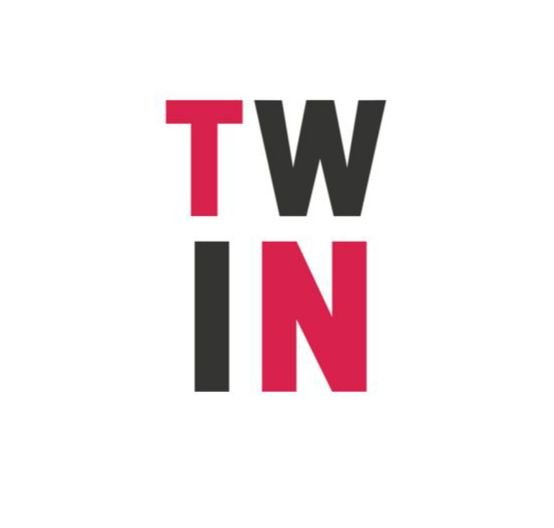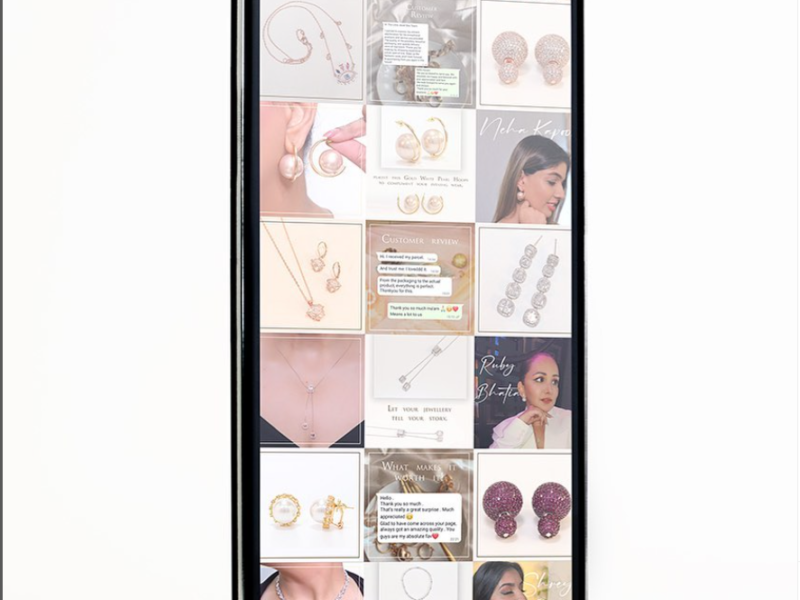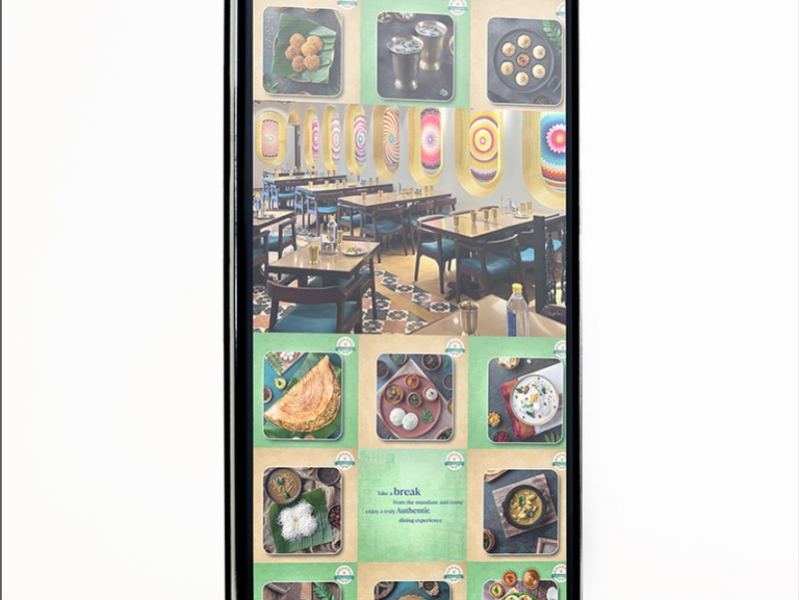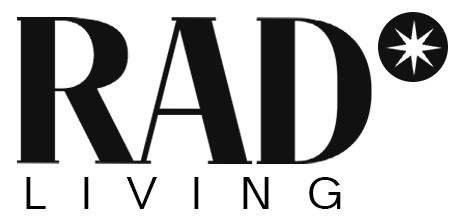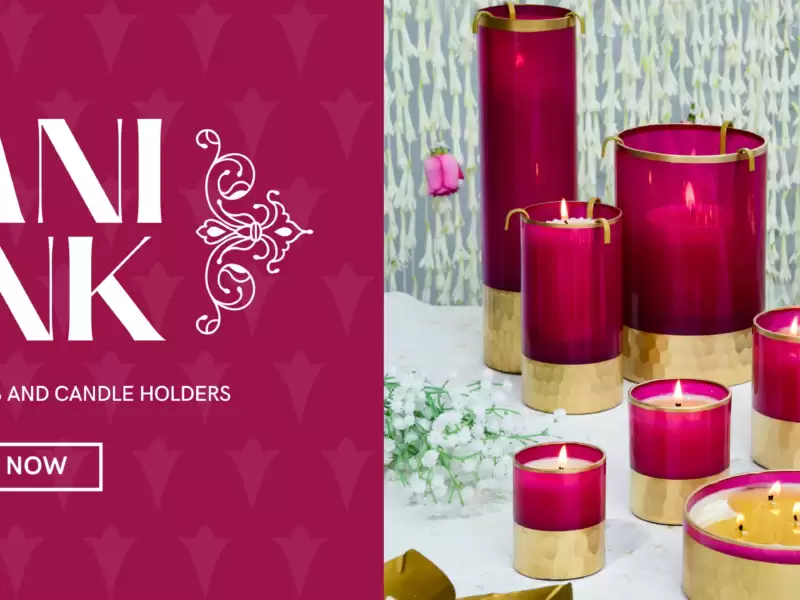<span style="color: #d1d5db; font-family: Söhne, ui-sans-serif, system-ui, -apple-system, 'Segoe UI', Roboto, Ubuntu, Cantarell, 'Noto Sans', sans-serif, 'Helvetica Neue', Arial, 'Apple Color Emoji', 'Segoe UI Emoji', 'Segoe UI Symbol', 'Noto Color Emoji'; white-space: pre-wrap; background-color: #444654;">Welcome to our world of entrepreneurial transformation! With a proven track record of assisting over 50 businesses, we are dedicated to empowering entrepreneurs and helping them thrive in their ventures.</span>
Archives: Projects
- Home
- Projects

Finance, legal, and tax compliance are crucial aspects of running a marketing and PR business. Adhering to relevant laws and regulations ensures the financial stability of your business, protects your legal interests, and avoids penalties and reputational damage. Here are key areas to consider:

- Business Planning: I worked closely with the founders of Vantage Point Company to develop a comprehensive business plan. Together, we identified their target market, analyzed industry trends and competitors, and defined their unique value proposition. Through detailed market research and financial analysis, we crafted a strategic roadmap that would guide Vantage Point’s growth and profitability.
- Branding and Positioning: Establishing a strong brand identity was crucial for Vantage to differentiate itself in a competitive market. I provided guidance on branding strategies, including developing a compelling brand story, creating a distinctive visual identity, and crafting key messaging. By aligning their brand with their target audience’s needs and aspirations, Vantage Point was able to create a memorable and impactful presence.
- Operational Setup: Setting up efficient operational systems and processes is vital for any business. I assisted Vantage Point in streamlining its operations, including establishing internal workflows, project management protocols, and client communication procedures. By implementing these systems from the outset, Vantage Point could deliver high-quality services to its clients while maintaining operational efficiency.
- Growth and Expansion: As Vantage Point experienced initial success, we explored opportunities for growth and expansion. This involved identifying potential niche markets, diversifying service offerings, and developing scalable business models. By strategically expanding its client base and diversifying its revenue streams, Vantage Point achieved sustainable growth and positioned itself for long-term success.
- Business Structure: Select an appropriate legal structure for your business, such as a sole proprietorship, partnership, LLP, or corporation. Register your business entity and obtain the necessary licenses and permits.
- Contracts and Agreements: Create legally binding contracts and agreements for clients, vendors, employees, and subcontractors. Ensure that contracts include clear terms, project scopes, payment terms, and confidentiality clauses. Seek legal advice to review and validate your contracts.
- Intellectual Property Protection: Safeguard your intellectual property by trademarking your business name, logos, slogans, or any unique marketing assets. Consider consulting with an intellectual property attorney to protect your creative works and prevent infringement.
- Accounting Practices: Maintain accurate financial records and implement sound accounting practices. Use accounting software or hire a professional accountant to manage bookkeeping, financial statements, and tax-related documents.
- Budgeting and Cash Flow: Develop a comprehensive budget that includes expenses, revenue projections, and contingency plans. Monitor cash flow regularly to ensure the business has sufficient funds for operations and growth.
- Tax Planning: Consult with a tax professional to understand applicable tax laws, deductions, and credits specific to the marketing and PR industry. Plan and prepare for tax obligations, including income, sales, and payroll taxes.
- Business Tax Filings: Comply with tax laws and regulations at the local, state, and central levels. This includes filing income tax returns for your business entity and paying estimated taxes throughout the year. Understand tax deadlines, deductible expenses, and any industry-specific tax regulations.
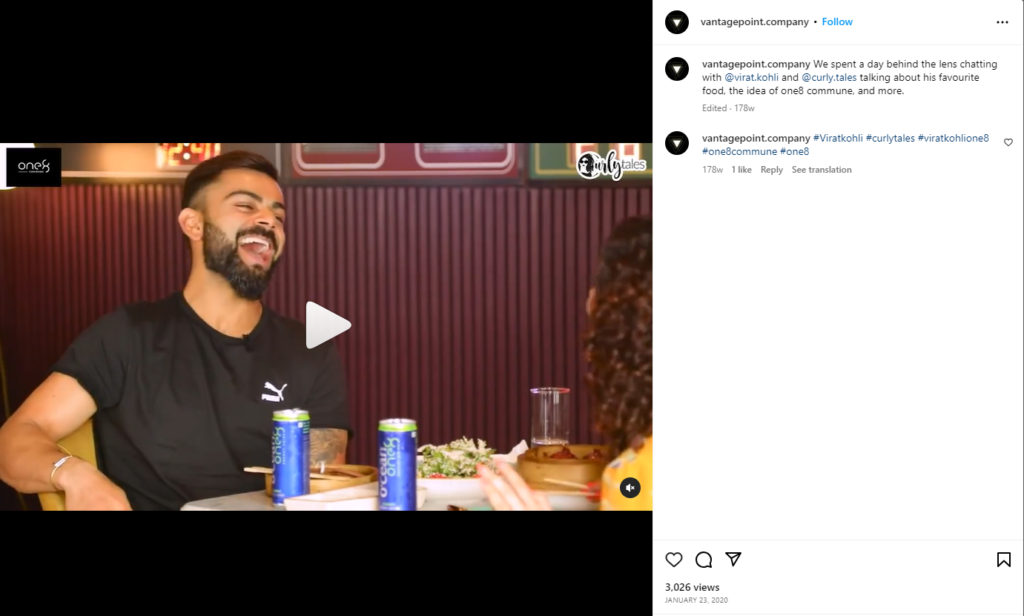
The collaboration between myself and Vantage Point resulted in remarkable achievements for the business. They emerged as a respected player in the marketing and PR industry, gaining recognition for their strategic approach, innovative campaigns, and exceptional client service..

If you are an entrepreneur or business looking to launch or grow your marketing and PR business, I would be thrilled to offer my expertise and collaborate with you. Please explore the rest of my portfolio and don’t hesitate to reach out to discuss how we can work together to achieve your business goals.
TWIN CONSULTING
Twin Consulting, a dynamic startup in the marketing and PR industry, sought my expertise in setting up their business and laying a strong foundation for success. Here’s an overview of the value I brought to Twin Consulting and my involvement in their journey:

- Business Structure and Registration: Choose an appropriate business structure, such as a sole proprietorship, partnership, limited liability company (LLC), or corporation. Register your business with the appropriate government agencies, such as obtaining a tax identification number and registering with the local business authority.
- Contracts and Agreements: Develop and maintain appropriate contracts and agreements to protect your business interests. This includes contracts with customers, suppliers, contractors, and employees. Ensure that these agreements are legally sound, clearly define rights and responsibilities, and address key issues such as payment terms, warranties, and dispute resolution.
- Intellectual Property Protection: Consider protecting your intellectual property, such as your business name, logo, and any unique processes or inventions. Consult with an intellectual property attorney to understand the options available to safeguard your intellectual property rights, such as trademarks, copyrights, or patents.
- Compliance with Labor Laws: Adhere to labour laws and regulations pertaining to employment practices, such as minimum wage requirements, overtime rules, employee benefits, and workplace safety. Maintain accurate records of employee hours, wages, and employment contracts to demonstrate compliance.
- Budgeting and Cash Flow: Develop a comprehensive budget that includes expenses, revenue projections, and contingency plans. Monitor cash flow regularly to ensure the business has sufficient funds for operations and growth.
- Accounting Practices: Maintain accurate financial records and implement sound accounting practices. Use accounting software or hire a professional accountant to manage bookkeeping, financial statements, and tax-related documents.
- Tax Planning: Consult with a tax professional to understand applicable tax laws, deductions, and credits specific to the marketing and PR industry. Plan and prepare for tax obligations, including income tax, sales tax, and payroll taxes.
- Business Tax Filings: Comply with tax laws and regulations at the local, state, and federal levels. This includes filing income tax returns for your business entity and paying estimated taxes throughout the year. Understand tax deadlines, deductible expenses, and any industry-specific tax regulations.

Consult with finance, legal, and tax professionals who specialize in small businesses or the marketing and PR industry to ensure compliance with all relevant regulations. Regularly review and update your practices to adapt to changing laws and maintain a culture of compliance within your business.
Shrisay Medical Systems India Pvt Ltd
Leading Manufacturer of Surgical Dresses
- Client Shrisay Medical Syatems
- Date 25 June 2021

In today’s rapidly advancing healthcare industry, the demand for high-quality surgical drapes and gowns is increasing. Setting up a manufacturing unit for surgical drapes and gowns can be a lucrative business opportunity for aspiring entrepreneurs. This portfolio aims to provide an overview of the key components involved in establishing and operating a successful manufacturing unit for surgical drapes and gowns.
- Market Analysis: Conduct thorough market research to understand the demand, competition, and potential customer base for surgical drapes and gowns. Consider regional healthcare facilities, surgical procedure volumes, and regulatory requirements. Identify target markets and potential customers, including hospitals, surgical centres, and medical distributors.
- Business Plan: Develop a comprehensive business plan that outlines your manufacturing unit’s objectives, strategies, and financial projections. Include details on the manufacturing process, raw material sourcing, production capacity, pricing strategies, and sales and marketing approaches. Seek professional assistance, if necessary, to ensure the plan is well-structured and feasible.
- Regulatory Compliance: Familiarize yourself with the regulatory requirements for manufacturing surgical drapes and gowns in your target market. Adhere to quality control standards, such as ISO 13485 or FDA guidelines, to ensure the safety and effectiveness of your products. Obtain necessary licenses and certifications to operate legally and gain the trust of potential customers.
- Facility and Equipment: Identify a suitable location for your manufacturing unit, considering factors like proximity to transportation hubs, availability of skilled labour, and access to utilities. Set up a facility that meets Good Manufacturing Practice (GMP) standards, including cleanrooms, sterilization areas, and storage spaces. Invest in advanced equipment for cutting, sewing, and assembling surgical drapes and gowns, while maintaining efficiency and product quality.
- Supply Chain Management: Establish a reliable supply chain for sourcing high-quality raw materials, such as non-woven fabrics, threads, elastic bands, and packaging materials. Develop strong relationships with suppliers to ensure consistent and timely delivery of materials. Implement inventory management systems to optimize stock levels and minimize production disruptions.
- Production Process: Design an efficient production process that includes material cutting, sewing, assembly, and packaging. Optimize workflow to maximize productivity while maintaining stringent quality control measures. Train and empower your workforce with the necessary skills to operate machinery and follow standardized procedures. Regularly monitor and evaluate the production process to identify areas for improvement.
- Quality Control: Implement a rigorous quality control system to ensure the manufactured surgical drapes and gowns meet industry standards and customer expectations. Conduct regular quality checks at various stages of production, including raw materials, intermediate products, and finished goods. Invest in testing equipment to evaluate product strength, barrier properties, and conformity to relevant standards.
- Sales and Distribution: Develop a robust sales and distribution strategy to reach potential customers effectively. Establish relationships with healthcare facilities, surgeons, and purchasing departments to promote your products. Consider participating in trade shows, conferences, and industry events to showcase your manufacturing capabilities. Collaborate with medical distributors and create an online presence to expand your market reach.
- After-Sales Support: Provide excellent after-sales support to build customer loyalty and maintain long-term relationships. Offer prompt and efficient customer service, address complaints or concerns promptly, and provide product training and technical assistance as needed. Continuously engage with customers to gather feedback and implement improvements based on their suggestions.
- Scalability and Future Expansion: Plan for scalability and future expansion by forecasting demand, upgrading equipment, and investing in research and development for innovative product offerings. Stay updated with emerging trends in surgical drapes and gowns to remain competitive in the market. If feasible, consider diversification into related product lines or expanding into international markets.
Setting up a manufacturing unit for surgical drapes and gowns requires careful planning, adherence to regulatory requirements, and a commitment to producing high-quality products. By following the steps outlined in this portfolio, you can lay a solid foundation for a successful and profitable venture in the healthcare industry. Continuous improvement, market awareness, and customer satisfaction are key to achieving long-term success in this dynamic and essential field.

Pracheen-India Before 1947
Relaxed eatery preparing biryani, kebabs, curries & other traditional fare for take-out.
Pracheen remembers, collects, records, and brings back recipes from Colonial India in a wonderful way that honours and immortalizes the heritage of Indian Cuisine!
Ever wondered what kind of food people ate in Colonial India? Or maybe you’ve always been curious about the recipes that were used back in the day to cook a wholesome meal? Well, in 2021, when someone thinks of authentic Indian flavours, we usually think about popular dishes like Butter Chicken and Shahi Paneer.
The food industry has experienced a significant shift towards online food delivery, with cloud kitchens emerging as a popular business model. Setting up a unique cloud kitchen brand provides an excellent opportunity for professionals to enter the market and cater to the growing demand for convenient, high-quality food. This portfolio aims to provide insights and key considerations for establishing a successful and distinctive cloud kitchen brand.
- Concept Development: Begin by developing a unique and appealing concept for your cloud kitchen brand. Consider market trends, customer preferences, and gaps in the local food scene. Identify a niche or speciality that sets your brand apart from competitors, such as a specific cuisine, fusion menu, healthy options, or innovative dishes. Ensure that your concept aligns with your target audience’s tastes and preferences.
- Market Research: Conduct comprehensive market research to understand the local food industry landscape, customer demographics, and competition. Analyze factors such as population density, consumer spending patterns, and popular delivery platforms in your target market. Identify your target audience and gather insights into their preferences, dietary restrictions, and ordering behaviours. This information will guide your menu development and marketing strategies.
- Menu Development: Design a menu that reflects your unique concept and caters to your target audience. Balance variety, quality, and profitability when selecting dishes. Consider factors such as ingredient availability, cost-effectiveness, and potential for scalability. Experiment with flavors, presentations, and innovative recipes to create a memorable dining experience for customers. Incorporate customer feedback and adapt your menu accordingly to keep it fresh and appealing.
- Branding and Identity: Develop a strong and cohesive brand identity for your cloud kitchen. Choose a name that reflects your concept and resonates with your target audience. Design a visually appealing logo, website, and packaging materials that represent your brand’s personality and values. Create a consistent brand voice and messaging across all customer touchpoints, including social media platforms, online listings, and promotional materials.
- Infrastructure and Equipment: Invest in the necessary infrastructure and equipment to establish a functional and efficient cloud kitchen. Consider factors such as kitchen layout, workflow optimization, and space utilization. Install commercial-grade cooking equipment, refrigeration units, storage systems, and packaging stations that meet your specific operational requirements. Ensure compliance with local health and safety regulations to maintain high standards of hygiene.
- Technology Integration: Embrace technology to streamline operations and enhance customer experience. Implement a robust order management system that integrates with popular delivery platforms and allows seamless order processing. Utilize customer relationship management (CRM) tools to gather customer data, track preferences, and personalize marketing efforts. Leverage social media platforms and online marketing techniques to promote your brand and engage with customers.
- Supply Chain Management: Establish reliable supplier relationships to ensure a steady and high-quality ingredient supply. Source fresh and seasonal ingredients from trusted suppliers to maintain the integrity of your menu. Implement efficient inventory management systems to optimize stock levels and reduce wastage. Regularly evaluate supplier performance to ensure timely deliveries and competitive pricing.
- Staffing and Training: Recruit and train a skilled team to support your cloud kitchen operations. Hire chefs, cooks, kitchen assistants, and delivery personnel who align with your brand’s vision and values. Provide comprehensive training on food preparation, hygiene practices, customer service, and order management. Foster a positive work culture that encourages teamwork, creativity, and continuous improvement.
- Customer Experience: Prioritize the customer experience to build loyalty and positive word-of-mouth. Focus on timely order fulfilment, accurate packaging, and attractive presentation. Offer personalized touches, such as handwritten notes or special offers, to make customers feel valued. Pay attention to customer feedback and reviews, addressing concerns promptly and making improvements based on suggestions. Implement a user-friendly online ordering system to facilitate seamless transactions.
- Marketing and Promotion: Develop a comprehensive marketing strategy to create awareness and attract customers to your cloud kitchen brand. Utilize social media platforms, online food delivery platforms, and local marketing channels to reach your target audience. Implement targeted advertising campaigns, influencer collaborations, and loyalty programs to encourage repeat business. Leverage customer reviews and testimonials to establish credibility and trust.



Establishing a unique cloud kitchen brand requires careful planning, a deep understanding of the market, and a commitment to exceptional customer experience. By focusing on concept development, branding, quality food, efficient operations, and effective marketing strategies, professionals can create a distinctive and successful cloud kitchen brand. Adaptability, innovation, and a strong customer-centric approach are crucial to thriving in the competitive online food delivery landscape.

Livstyl- Design your Space
End to end interior solutions

Livstyl is an interior brand that aims to create captivating and personalized interior spaces that reflect individuality, style, and functionality. This portfolio showcases the key considerations and insights for setting up a successful interior brand, highlighting Livstyl’s commitment to exceptional design and customer satisfaction.
- Brand Philosophy and Identity: Livstyl is driven by the philosophy of curating unique interior experiences that blend aesthetics with functionality. Develop a brand identity that aligns with this philosophy, emphasizing Livstyl’s values of creativity, attention to detail, and client-centric approach. Craft a visually appealing logo, typography, and colour scheme that resonate with your target audience and reflect Livstyl’s distinct personality.
- Market Research and Target Audience: Conduct thorough market research to identify your target audience and understand their needs, preferences, and lifestyles. Analyze market trends, local competition, and industry standards to position Livstyl effectively. Determine whether you will cater to residential or commercial clients, or both, and identify any specific niches or specialities you want to focus on, such as sustainable design, luxury interiors, or minimalist aesthetics.
- Services and Offerings: Define the range of services Livstyl will provide, considering interior design, space planning, furniture selection, lighting design, and more. Determine if you will offer turnkey solutions or collaborate with contractors and suppliers for execution. Develop attractive service packages tailored to different client needs, from consultation and design concept development to full project management and post-project support.
- Portfolio Development: Build a compelling portfolio showcasing Livstyl’s design expertise and creativity. Include a diverse range of projects, showcasing different styles, scales, and budgets. Highlight before-and-after transformations, focusing on unique design elements, material selections, and functional improvements. Ensure your portfolio demonstrates Livstyl’s ability to create aesthetically pleasing and functional spaces.












- Online Presence: Create a visually stunning and user-friendly website that represents Livstyl’s brand image and showcases your portfolio. Include an about page, services offered, testimonials, and contact information. Optimize your website for search engines to increase online visibility. Utilize social media platforms to share design inspiration, and behind-the-scenes glimpses, and engage with potential clients. Leverage online platforms and directories specific to the interior design industry to expand your reach.
- Branding and Marketing Strategies: Develop a comprehensive marketing strategy that effectively communicates Livstyl’s unique value proposition. Craft compelling brand stories, emphasizing Livstyl’s approach, expertise, and commitment to client satisfaction. Utilize both online and offline channels, such as social media, print advertisements, collaborations with local businesses, and participation in design events or trade shows. Develop strong partnerships with influencers, bloggers, or industry experts to increase brand exposure.
- Client Experience: Place utmost importance on creating exceptional client experiences. Develop a streamlined process that includes thorough client consultations, detailed project briefings, and effective communication channels. Encourage client involvement throughout the design process, providing regular updates and seeking feedback. Strive for transparent cost management, maintaining open lines of communication regarding budgets and any project modifications.
- Collaborations and Partnerships: Establish strategic partnerships with suppliers, contractors, and artisans who share Livstyl’s commitment to quality and customer satisfaction. Build relationships with reliable vendors for materials, furniture, fixtures, and finishes to ensure access to a diverse range of options. Collaborate with architects, real estate developers, or home builders to expand Livstyl’s network and explore potential project opportunities.
- Continuous Learning and Professional Development: Invest in continuous learning and professional development to stay ahead in the industry. Attend design seminars, workshops, and conferences to stay updated on the latest trends, materials, and technologies. Pursue certifications or memberships in industry organizations to enhance Livstyl’s credibility and expertise. Stay connected with other professionals.
Setting up Livstyl as an interior brand requires a meticulous understanding of the market, a distinct brand identity, and a commitment to exceptional design and customer satisfaction. By focusing on creativity, attention to detail, effective marketing strategies, and continuous professional development, professionals can establish Livstyl as a go-to interior brand known for crafting inspiring interior experiences.
Build Your Own Brand – BYOB
BYOB simplify your job
hunt and help you
build your personal
brand.
BYOB is a personal branding brand dedicated to empowering individuals to create a compelling personal brand that reflects their unique identity, strengths, and aspirations. This portfolio outlines the key considerations and insights for establishing a successful personal branding brand, showcasing BYOB’s commitment to helping individuals unlock their potential and stand out in today’s competitive landscape.
How BYOB will help you?
- Brand Identity and Purpose: Develop a strong brand identity that resonates with your target audience. Craft a memorable logo, tagline, and brand messaging that convey the essence of personal branding and empowerment. Define BYOB’s purpose, which is to guide individuals in cultivating an authentic personal brand that aligns with their goals and values.
- Market Research and Target Audience: Conduct thorough market research to identify your target audience and their specific personal branding needs. Consider professionals from various industries, entrepreneurs, influencers, and individuals seeking career advancement. Understand their pain points, aspirations, and desires regarding personal branding. Tailor BYOB’s services to address these specific needs.
- Service Offerings: Define the range of personal branding services BYOB will provide. This may include brand strategy development, personal brand audits, online presence optimization, content creation and curation, professional image consulting, and more. Offer a comprehensive suite of services that cater to different stages of personal branding, from establishing a foundation to ongoing brand management.
- Personal Branding Experts and Collaborations: Assemble a team of personal branding experts who possess a deep understanding of brand strategy, marketing, and personal development. Recruit professionals with expertise in personal branding, content creation, image consulting, and online presence management. Collaborate with industry influencers, career coaches, and other experts to enhance BYOB’s offerings and access a wider network of resources.
- Branding Workshops and Training: Organize branding workshops, webinars, and training sessions to educate individuals on the importance of personal branding and provide them with actionable strategies. Help clients identify their unique value proposition, define their target audience, develop a personal brand narrative, and create a consistent brand presence across different platforms. Offer personalized coaching to guide individuals through the personal branding process.
- Online Presence Optimization: Guide individuals in optimizing their online presence to align with their personal brand. Provide strategies for building a professional website or portfolio, optimizing social media profiles, and creating engaging and relevant content. Offer guidance on leveraging platforms such as LinkedIn, Instagram, and personal blogs to amplify their personal brand message.
- Visual Branding and Image Consulting: Assist individuals in developing a strong visual brand identity that reflects their personality and resonates with their target audience. Offer image consulting services, including personal styling, wardrobe assessment, and professional photography guidance. Help individuals create a cohesive and authentic visual representation of their personal brand.
- Thought Leadership and Content Creation: Encourage individuals to showcase their expertise and thought leadership through content creation. Guide them in developing content strategies, and creating engaging blog posts, articles, videos, and podcasts that align with their personal brand. Offer support in content curation and distribution to ensure their personal brand message reaches the right audience.
- Networking and Relationship Building: Educate individuals on the importance of networking and building meaningful relationships. Provide strategies for effective networking, online and offline, and help individuals establish connections with industry professionals, mentors, and potential collaborators. Encourage participation in relevant industry events, conferences, and communities to expand their network.
- Continuous Learning and Personal Development: Stay updated on the latest personal branding trends, marketing strategies, and industry best practices through continuous learning. Attend conferences, webinars, and seminars to expand knowledge and stay ahead of emerging trends. Encourage clients to invest in their personal development, including skills enhancement and personal growth, to strengthen their personal brand.
Setting up BYOB as a personal branding brand requires a strong brand identity, a deep understanding of personal branding strategies, and a commitment to empowering individuals to unlock their potential. By providing comprehensive services, thought leadership, and personalized guidance, BYOB can help individuals craft authentic personal brands that set them apart and enable them to thrive in their personal and professional lives.
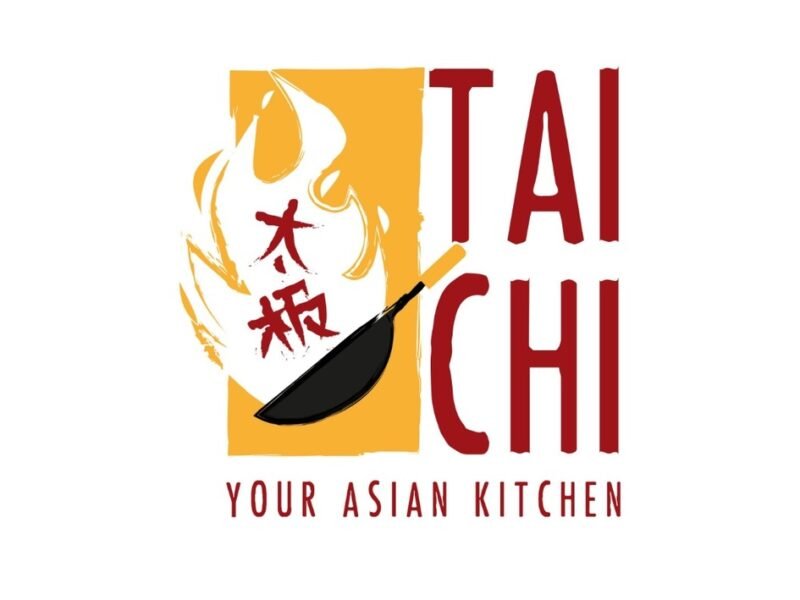
TaiChi – Pan Asian Kitchen
TaiChi is a cloud kitchen brand that combines the art of cooking with the efficiency of technology to deliver exceptional culinary experiences. This portfolio outlines the key considerations and insights for establishing a successful cloud kitchen brand, showcasing TaiChi’s commitment to culinary innovation, quality, and customer satisfaction.
- Brand Identity and Concept: Develop a strong brand identity that reflects the essence of TaiChi’s culinary philosophy. Craft a memorable logo, tagline, and brand messaging that convey the brand’s commitment to harmonizing flavours, convenience, and exceptional dining experiences. Define TaiChi’s concept, which integrates traditional culinary techniques with modern technology to create unique and flavorful dishes.
- Market Research and Target Audience: Conduct comprehensive market research to identify your target audience and their preferences when it comes to food delivery and dining experiences. Analyze local demographics, competition, and market trends to position TaiChi effectively. Determine if you will cater to specific cuisines, and dietary preferences, or target niche markets such as health-conscious individuals or busy professionals seeking convenient yet gourmet meals.
- Menu Development and Culinary Innovation: Create a diverse and enticing menu that showcases a fusion of flavours, drawing inspiration from various cuisines. Emphasize the use of fresh, high-quality ingredients and culinary techniques that elevate the dining experience. Incorporate innovative dishes, seasonal offerings, and customizable options to cater to a wide range of tastes and dietary requirements.
- Operational Efficiency and Technology: Invest in state-of-the-art kitchen equipment and technology systems to optimize operations and ensure efficient order processing. Implement an integrated order management system that streamlines the entire process, from order placement to delivery. Leverage technology for inventory management, delivery tracking, and customer feedback to enhance operational efficiency and customer satisfaction.
- Delivery and Packaging: Design a seamless delivery experience that ensures the freshness and quality of TaiChi’s dishes. Develop packaging solutions that maintain temperature control and presentation, showcasing the brand’s attention to detail. Consider eco-friendly packaging options to align with sustainability initiatives and customer preferences.
- Online Presence and Digital Marketing: Create a user-friendly and visually appealing website and mobile app where customers can browse the menu, place orders, and track deliveries. Optimize the online presence through search engine optimization (SEO), social media marketing, and online advertising to reach a wider audience. Engage with customers through engaging content, promotions, and loyalty programs to build a loyal customer base.
- Quality Assurance and Food Safety: Implement stringent quality assurance protocols to maintain consistent food quality and safety standards. Ensure compliance with local health and safety regulations, including proper food handling, storage, and hygiene practices. Regularly train kitchen staff on food safety protocols and conduct audits to maintain high-quality standards.
- Customer Experience and Feedback: Prioritize customer satisfaction by providing a seamless ordering process, on-time deliveries, and responsive customer support. Implement a feedback system to gather customer insights and continuously improve the dining experience. Actively listen to customer feedback and make necessary adjustments to menu offerings and service based on their preferences.
- Partnerships and Collaborations: Establish strategic partnerships with local suppliers and vendors to ensure a reliable supply chain of fresh ingredients. Collaborate with delivery aggregators and online platforms to expand TaiChi’s reach and accessibility. Explore collaborations with influencers, food bloggers, and local businesses to increase brand visibility and attract new customers.
- Continuous Menu Innovation and Adaptation: Stay ahead of culinary trends and evolving customer preferences by continuously innovating the menu. Experiment with new flavours, seasonal ingredients, and unique culinary techniques to surprise and delight customers. Monitor customer feedback and market trends to adapt the menu offerings accordingly.
Conclusion: Setting up TaiChi as a cloud kitchen brand requires a blend of culinary expertise, operational efficiency, and a commitment to delivering exceptional dining experiences. By focusing on culinary innovation, operational excellence, customer satisfaction, and effective digital marketing strategies, TaiChi can establish itself as a go-to destination for flavorful, convenient, and high-quality meals that harmonize with customers’ busy lifestyles.
Rad Living
A wide variety of Hand Powred Candles
- Client Rad Living
- Date 15 June 2020
- Services Setting up Manufacturing and E-Commerce Business
Rad Living is an idiosyncratic brand that caters to the untamed side of the human brain with reinvigorating candles, poured one at a time for a unique experience. Born from a spill of sass and a revisionist mind, the candles are a step towards an indulgence full of an aromatic aura, an optimistic ambience, and an introspective journey towards meeting our real self. Every candle is formed from an amalgamation of natural soy wax and premium handpicked fragrances, hand-poured individually for that rhapsodic complacency.
Candles have long been cherished for their calming ambience and aromatic qualities.
- Brand Concept and Identity: Develop a compelling brand concept for Rad Living that captures the essence of modern living and resonates with your target audience. Consider themes like relaxation, self-care, mindfulness, or sustainability. Craft a brand identity that reflects these values through a unique logo, packaging design, and brand messaging. Ensure consistency in your brand voice across all customer touchpoints.
- Market Research: Conduct thorough market research to understand the candle industry landscape, customer preferences, and competition. Identify trends, consumer demographics, and purchasing behaviours related to candles. Determine your target audience and tailor your product offerings and marketing strategies to meet their specific needs and desires.
- Sourcing Materials: Identify reliable suppliers of premium-quality wax, fragrance oils, wicks, and containers. Source sustainable and ethically produced materials whenever possible. Establish strong relationships with suppliers to ensure consistent and timely delivery of materials. Consider the environmental impact of your supply chain and prioritize suppliers who share your commitment to sustainability.
- Online Presence and E-Commerce: Establish a strong online presence for Rad Living through a user-friendly website or e-commerce platform. Showcase your product range, share your brand story, and provide an easy-to-use online shopping experience. Optimize your website for search engines and leverage social media platforms to reach and engage with your target audience. Implement secure payment options and efficient order fulfilment processes.
- Staffing: Recruitment of skilled team to support operations, who align with your brand’s vision and values. Provide comprehensive training on customer service and order management. Foster a positive work culture that encourages teamwork, creativity, and continuous improvement.
- Supply Chain Management: Establish reliable supplier relationships to ensure a steady and high-quality ingredient supply. Source best quality Raw Materials from trusted suppliers to maintain the integrity of the Brand. Implement efficient inventory management systems to optimize stock levels and reduce wastage. Regularly evaluate supplier performance to ensure timely deliveries and competitive pricing.
- Retail Partnerships: Explore partnerships with local boutiques, home decor stores, or wellness centres to expand your distribution channels. Collaborate with like-minded businesses that share your target audience and brand values. Provide attractive wholesale terms and support to retailers to encourage them to carry your products.
- Regulatory Compliance: Familiarize yourself with the regulatory requirements for manufacturing Wax Candles in your target market. Adhere to quality control standards, such as ISO 9001:2015, to ensure the safety and effectiveness of your products. Obtain necessary licenses and certifications to operate legally and gain the trust of potential customers.
- Continuous Innovation and Growth: Stay attuned to market trends and evolving customer preferences to drive continuous innovation. Regularly introduce new candle scents, limited-edition collections, or seasonal offerings to keep your product line fresh and exciting. Seek feedback from customers and leverage their insights to improve existing products and develop new ones. Explore opportunities for international expansion or collaborations with complementary brands to fuel further growth.


Launching Rad Living as a unique candle brand requires careful planning, a strong brand identity, quality products, and effective marketing strategies. By focusing on product excellence, sustainable practices, customer engagement, and continuous innovation, professionals can establish a successful candle brand that resonates with the modern consumer. Embrace the joy of scents and create an experience that enhances the ambience of contemporary living through Rad Living candles.

